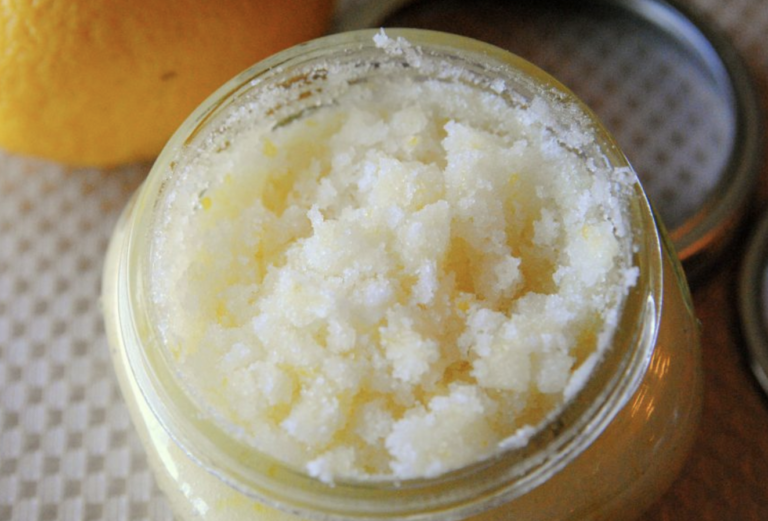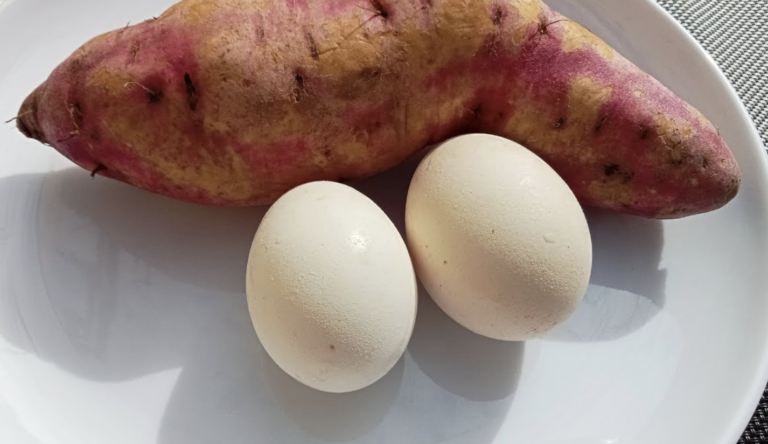Brightening and whitening your hands naturally at home can be simple and effective. If you’re looking to revitalize the skin on your hands using ingredients from your own kitchen, lemon and sugar offer a delightful and efficient solution. This combination not only exfoliates but also brightens the skin, making your hands appear fresher and more youthful. Here’s how you can achieve naturally whiter hands with these simple, accessible ingredients.
Why Lemon and Sugar?
Lemon is well-known for its natural bleaching properties due to its high vitamin C content. This makes it an excellent choice for lightening skin and reducing the appearance of age spots and uneven skin tones.
Sugar, on the other hand, acts as a natural exfoliant. When combined with lemon, it helps to remove dead skin cells, revealing the newer, lighter skin underneath.
Ingredients and Tools:
- 2 tablespoons of sugar (fine sugar is preferable for its gentle exfoliating properties)
- Juice of 1/2 a lemon
- A small bowl
- A spoon for mixing
Steps to Create Your Hand Whitening Scrub:
1. Prepare the Mixture: In a small bowl, mix the juice of half a lemon with two tablespoons of fine sugar. Stir until the sugar partially dissolves in the lemon juice. The mixture should have a paste-like consistency, not too runny to ensure it adheres well to your skin.
2. Apply the Scrub: Apply the mixture to your hands, gently massaging it in circular motions. Focus on areas that are particularly dry or discolored. The gentle abrasion of the sugar granules will exfoliate dead skin cells while the lemon juice works to lighten the skin.
3. Leave the Scrub On: Allow the mixture to sit on your hands for about 3-5 minutes. This short waiting period lets the lemon juice penetrate the skin for a mild bleaching effect.
4. Rinse Off: Rinse your hands under warm water. As you wash the scrub off, continue to gently rub your hands to ensure all sugar granules dissolve and to maximize exfoliation.
5. Moisturize: After drying your hands, apply a nourishing moisturizer to hydrate and protect the newly exfoliated skin. This step is crucial as lemon can be drying.
Additional Tips:
- Consistency is Key: For the best results, use this hand whitening scrub two to three times a week. Consistent use can lead to visibly lighter and smoother hands over time.
- Sun Protection: After using lemon juice on your skin, it’s important to apply sunscreen to your hands if you’re going out during the day, as lemon can make your skin more sensitive to sunlight.
Conclusion
Achieving naturally whiter hands at home doesn’t require harsh chemicals or expensive treatments. With just sugar and lemon, you can create an effective scrub that not only exfoliates but also brightens your skin. This simple home remedy is a testament to the power of natural ingredients in achieving beautiful, healthy-looking hands. Enjoy the benefits of your homemade hand whitening secrets and feel confident with softer, brighter hands.









